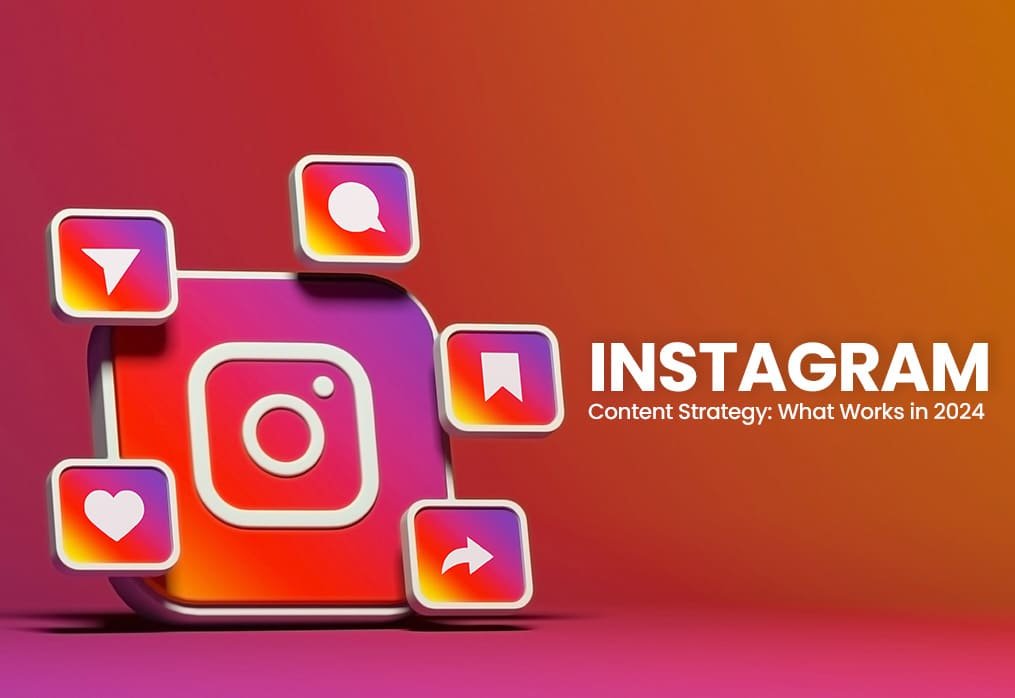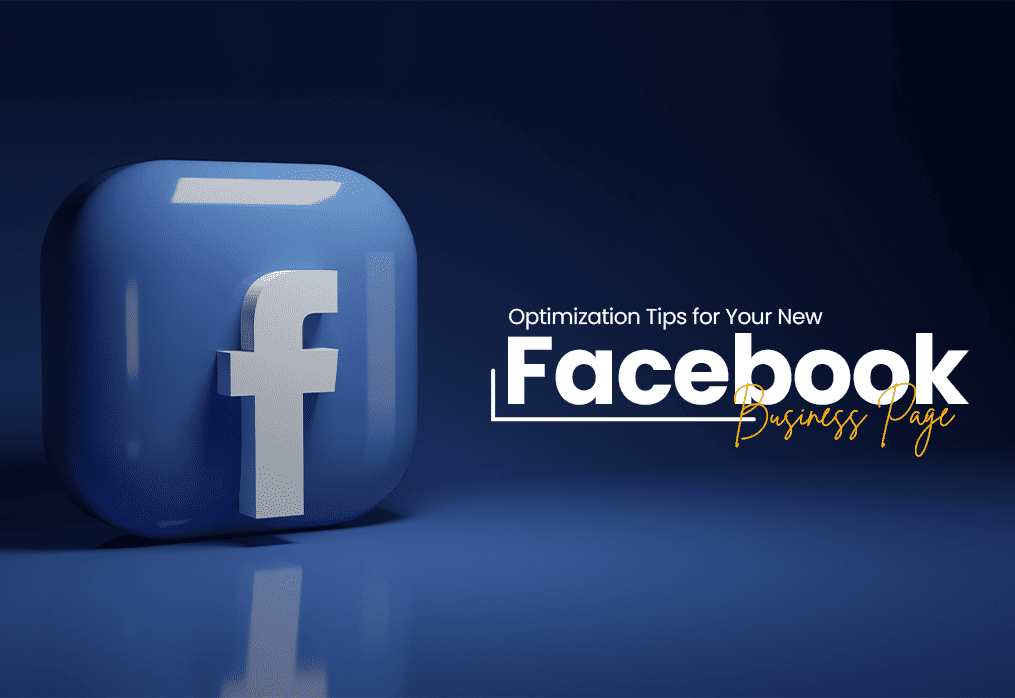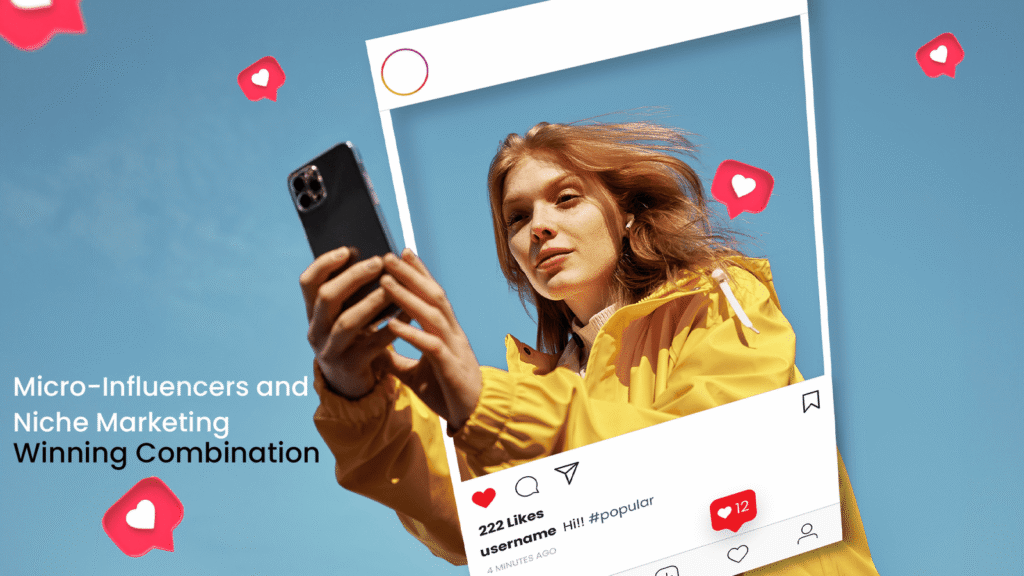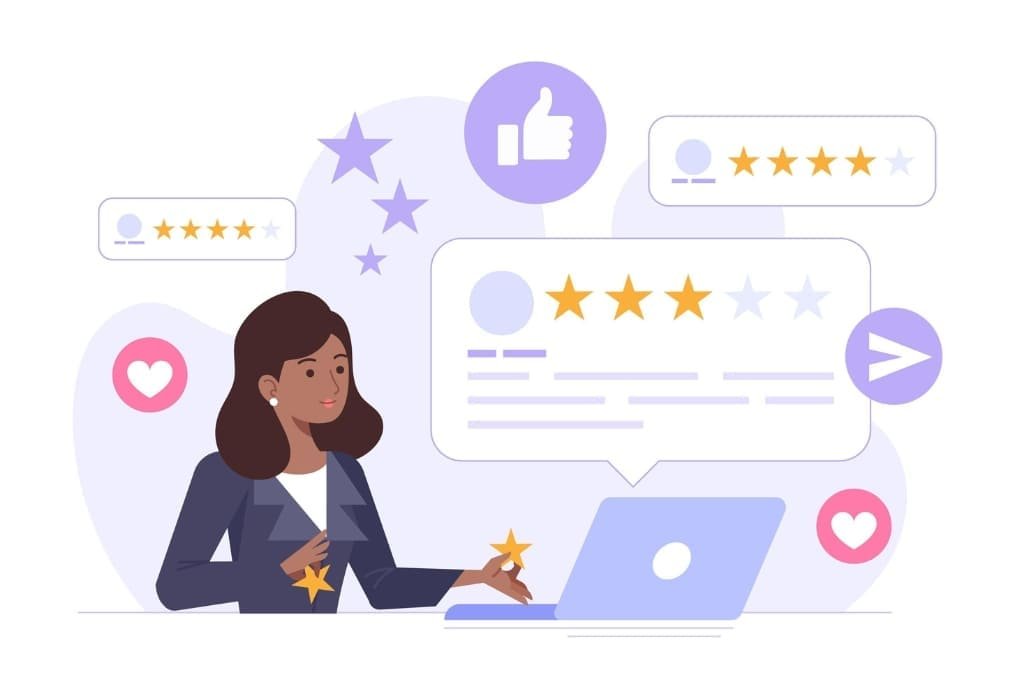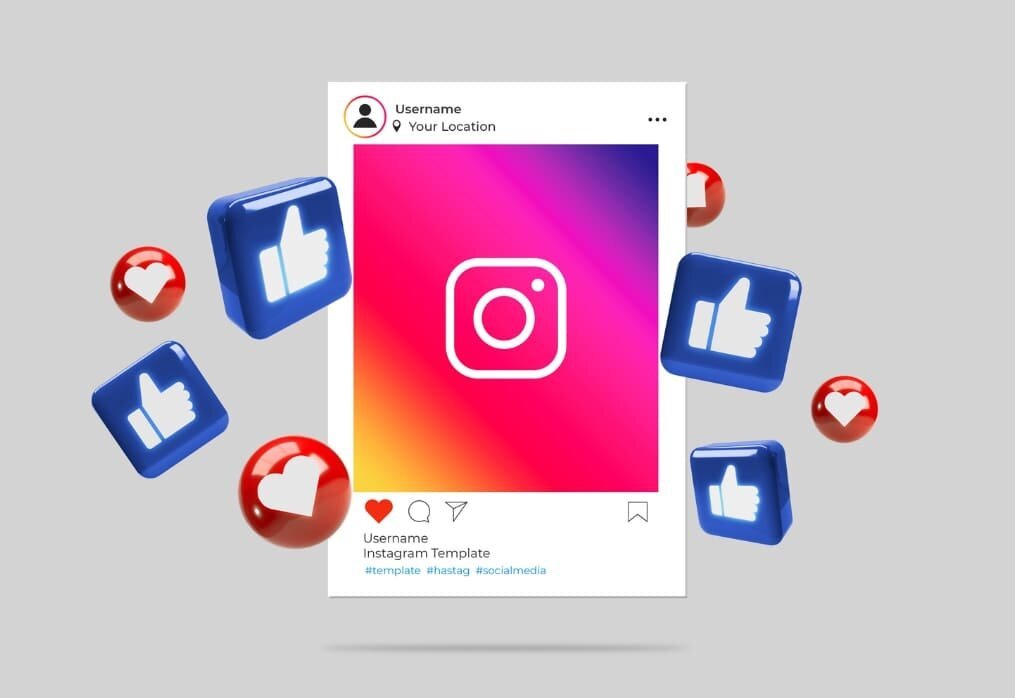Instagram Content Strategy: What Works in 2024
In recent years, Instagram has become an essential platform for businesses and individuals looking to build a strong online presence. With over one billion active users worldwide, it’s no surprise that many seek effective strategies for optimizing their organic content on the platform. However, as the platform evolves, so do the best strategies. As we move into 2024, it’s essential to stay up-to-date on the latest changes to Instagram’s algorithm, best practices for creating engaging content, and strategies for building a strong community of followers. The importance of Instagram’s content strategy cannot be overstated. In 2024, a strong organic presence on Instagram can translate into increased brand awareness, engagement, and conversions. However, with so many users and so much content, it can take time to stand out and make an impact. Understanding Instagram’s algorithm and creating engaging content that resonates with your audience is crucial. Understanding Instagram’s Algorithm In recent years, Instagram’s algorithm has undergone significant changes, making it more challenging for users to reach their target audience organically. As we move into 2024, understanding how the algorithm works and optimizing content for it is crucial to a successful Instagram content strategy. The Instagram algorithm is a complex system that determines the order in which posts appear on users’ feeds. In 2024, the algorithm will continue prioritizing content that generates high engagement rates, such as likes, comments, shares, and saves. However, other factors impact the algorithm, including relevance, timeliness, and user behavior. Relevance is determined by the content’s relationship to a user’s interests and previous interactions with similar content. Timeliness refers to how recently the post was published, with more recent posts generally receiving priority over older ones. Finally, user behavior, such as the amount of time spent on the post or whether the user has interacted with similar content in the past, also plays a role in the algorithm. To optimize content for the Instagram algorithm in 2024, creating high-quality content that resonates with your target audience is essential. This can be achieved by understanding your audience’s preferences, interests, and pain points and tailoring your content to meet those needs. Additionally, using relevant hashtags, tagging other users, and posting at optimal times can all help increase your post’s visibility and engagement. Overall, understanding Instagram’s algorithm and how to optimize content for it is essential to a successful organic content strategy. By staying up-to-date with the latest changes and best practices, you can increase your chances of reaching your target audience and achieving your Instagram marketing goals. Creating Engaging Content for Instagram Creating visually appealing and engaging content is the backbone of any successful Instagram content strategy. In 2024, several types of content are expected to perform well on the platform, including: To create visually appealing and engaging content in 2024, it’s important to follow some best practices, such as: Finally, to encourage engagement and interaction with your followers, creating content that resonates with your audience and encourages them to take action is important. Some tips for doing this include: By following these tips and creating visually appealing, engaging content, you can increase your chances of reaching your target audience and achieving your Instagram marketing goals in 2024. Building a Strong Instagram Community in 2024 Building a strong community on Instagram is essential to the success of any organic content strategy in 2024. A strong community can help increase engagement, build brand loyalty, and ultimately drive conversions. To build and engage with your community on Instagram in 2024, it is important to follow some strategies, such as: In addition to these strategies, it is important to use Instagram’s features to build community and engage with your followers. Some best practices for using Instagram’s features in 2024 include: Overall, building a strong community on Instagram is crucial to the success of any organic content strategy in 2024. By following these strategies and best practices, you can increase engagement, build brand loyalty, and ultimately drive conversions on the platform. Leveraging Instagram’s Newest Features Instagram constantly updates its features to keep up with the latest trends and user behavior. In 2024, marketers can leverage several new features to increase engagement and reach on the platform. Some of the newest features on Instagram in 2024 include: To leverage these new features and increase engagement and reach on Instagram in 2024, it is important to follow some strategies, such as: Overall, incorporating Instagram’s newest features into your instagram content strategy in 2024 can help increase engagement, reach, and ultimately drive conversions on the platform. By experimenting with new features, creating content with specific features in mind, and collaborating with creators, you can stay ahead of the curve and reach your target audience effectively on Instagram. Measuring Success on Instagram in 2024 Measuring success on Instagram is crucial to understanding the effectiveness of your instagram content strategy and making data-driven decisions to optimize your content. Some key metrics to track on Instagram include: To measure success on Instagram in 2024, it is important to follow some best practices, such as: Overall, measuring success on Instagram in 2024 is essential to understanding the effectiveness of your instagram content strategy and making data-driven decisions to optimize your content. By tracking key metrics, setting goals and KPIs, analyzing performance regularly, and testing and optimizing content, you can improve engagement, reach and ultimately drive conversions on the platform. Conclusion Instagram is a powerful platform for building brand awareness, engaging with followers, and driving conversions. In 2024, marketers can follow several key strategies to optimize their instagram content strategy and reach their target audience effectively. These strategies include understanding Instagram’s algorithm, creating engaging content, building a strong community, leveraging Instagram’s newest features, and measuring success regularly. By following these best practices and staying up-to-date with the latest trends and features on the platform, businesses can effectively build their brand on Instagram and achieve their marketing goals.
Instagram Content Strategy: What Works in 2024 Read More »

